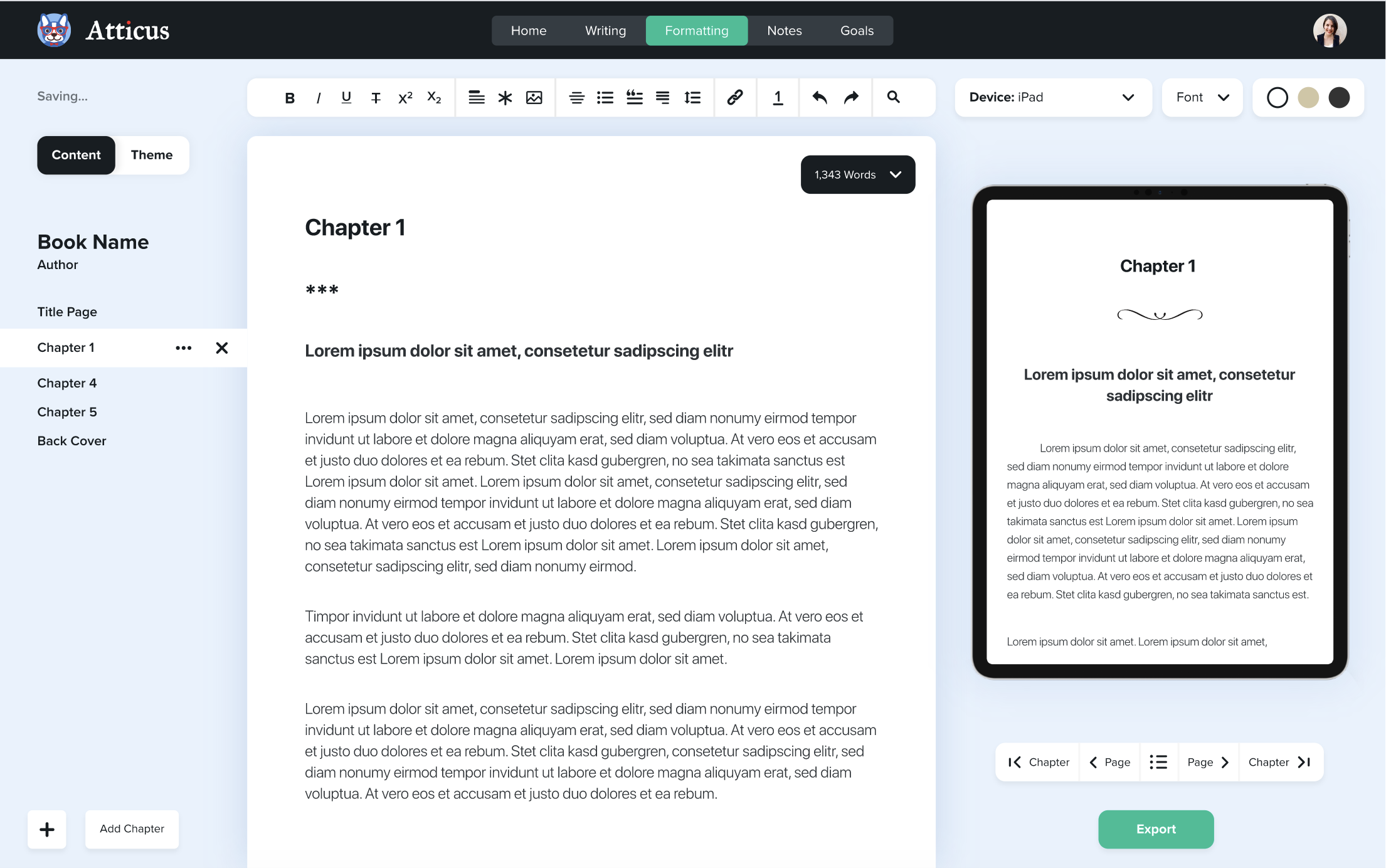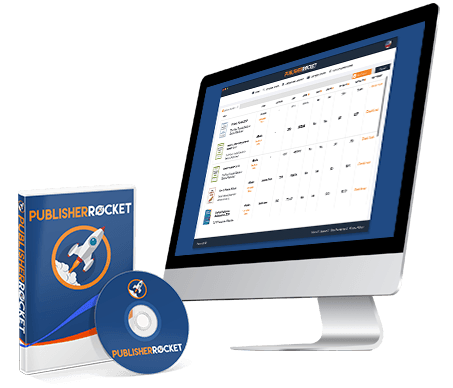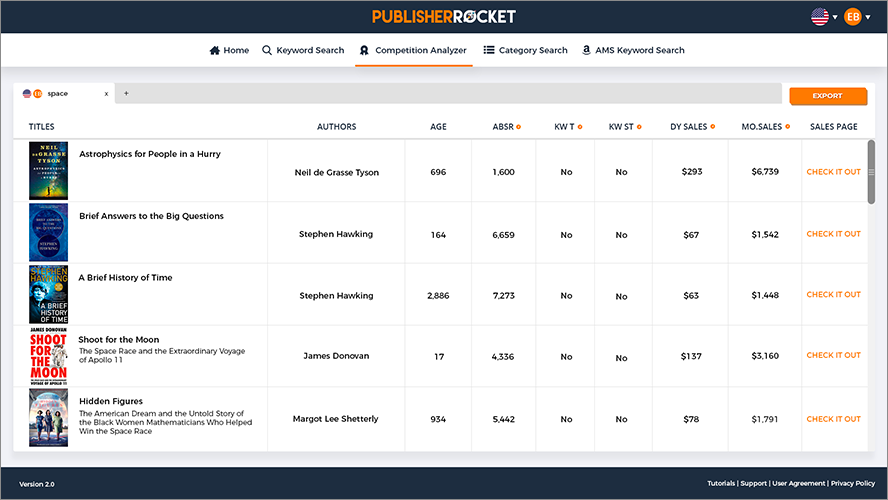I used to be a slow reader.
I still read a lot, usually several novels a year. But nonfiction? That often felt like a slog. I’d power through, sure, but it wasn’t efficient. And it definitely wasn’t fun.
Then I realized something important: reading is a skill. Which means it can be improved.
That’s when I found speed reading.
After taking a course, my reading speed jumped from about 150 words per minute (below average) to over 400. And surprisingly, I didn’t just read faster. I actually started remembering more of what I read.
In this article, I’ll walk you through the exact techniques I used to get there. Speed reading takes time and practice, but it’s one of the most powerful skills you can learn. Because once you know how to learn faster, everything else gets easier.
- Why speed reading is so important
- The step-by-step process for speed reading
- Additional tips and techniques
Table of contents
Let's get started!
Why is Speed Reading Important?
In today’s fast-paced, info-packed world, being able to read faster isn’t just helpful, it’s a serious advantage.
Sure, it’s satisfying to tear through that stack of books gathering dust on your shelf. But there’s more to it than that.
Think about it:
- There are over 130 million books in existence, with new ones released every day. Even if you read one a week for the rest of your life, you’d barely scratch the surface. Speed reading helps you get more value out of your limited reading time.
- Strong reading skills are essential for academic and professional success. If you can read and process information faster than your peers, you’ll have a natural edge when it comes to learning, decision-making, and execution.
- Every day we’re hit with a flood of text. Aarticles, reports, emails, social posts, you name it. Speed reading gives you the ability to stay informed without feeling overwhelmed.
- And of course, reading is one of the best ways to grow. It sharpens your thinking, broadens your perspective, and introduces you to new ideas. The more you read, the more you grow.
That’s why learning to speed read is so worthwhile. The techniques I’ll share helped me boost both my speed and comprehension. I now read two to three times more than I used to, and I retain more of what I read.
Here’s the exact system I use, built from years of testing, courses, and hands-on practice:
- Read more often
- Track your reading
- Use a visual guide
- Try the indenting method
- Take notes
- Practice regularly
Let’s break each one down…one…
Format Beautiful Professional Books
Easy to use, and and full of amazing features, you can quickly turn your book into a professional book.
Check It OutStep 1: Read More
It sounds simple, but the best way to start reading faster is to read more often.
Like any skill, the more you practice, the better you get. Speed reading isn’t just about technique. It’s about building the habit.
Aim to read for at least 30 to 60 minutes every day. I like to read right before bed or during lunch breaks. Any small window of time can be used to chip away at a book.
Here are a few ways to make reading a regular part of your day:
- Always carry a book or e-reader. That way, anytime you find yourself with five or ten free minutes, you can make progress.
- Listen to audiobooks during your commute or while working out. While not technically speed reading, it helps you get through more books in less time.
- Join a book club. The added motivation of group discussion can help you finish a couple extra books a month.
- Wake up twenty minutes early and read in the morning. It’s a calm, focused way to start the day.
- Set aside a dedicated reading time, like half an hour before bed.
- Bring a book to lunch instead of scrolling through your phone.
The key is to make reading a daily habit. Once that habit is in place, it’s much easier to improve your speed through repetition and technique.perience.
Step 2: Track Your Reading
Once you’re reading consistently, the next step is to start tracking your speed. Seeing your numbers go up over time gives you real motivation to keep going.
There are two simple metrics to track:
- Lines per minute — Mark your starting point in the book, set a timer, and read for two to five minutes. When the timer ends, count how many lines you read. Divide that by the number of minutes, and you’ve got your average lines per minute.
- Words per minute (WPM) — To calculate this, take a sample of about ten lines and count how many words are in that section. This gives you an average words-per-line number. Multiply that by your lines per minute, and you’ll get your WPM.
You can track these numbers daily or weekly. I prefer weekly check-ins so I can see how my practice is adding up over time.
When I started out, I was reading around 150 to 250 words per minute. After regular practice with the techniques in this article, I reached speeds of 400 to 500 WPM.
It’s true what they say: what gets measured gets improved.
Step 3: Use a Visual Guide
This is the single most effective technique I used to improve my reading speed.
By using your finger, a pen, or even a stylus to guide your eyes along the text, you naturally read faster. It helps prevent regression, which is when your eyes backtrack or re-read something you just read (a major reason most people read slowly).
Here’s how to do it:
- Place your finger or pen under the first word of the line.
- Glide it smoothly across the line at a pace just slightly faster than you’re comfortable with.
- Do the same on the next line, and the next.
It will feel awkward at first. You’ll probably want to slow down or go back to re-read a word you think you missed.
Don’t.
The goal is to keep your eyes moving forward and teach your brain to trust what it sees the first time. With consistent practice, your eye movement will become more efficient, and your comprehension will improve right alongside your speed.
Make it a habit. Use a visual guide for every page, and over time your reading pace will increase naturally.
Step 4: Use the Indenting Method
The indenting method is another way to improve your speed by training your peripheral vision.
Instead of reading every word from edge to edge, this method teaches your brain to scan the whole line at once (or at least to take in chunks more efficiently).
Here’s how it works:
- Place your visual guide about an inch in from the left margin.
- Start reading from there instead of from the very beginning of the line.
- Let your peripheral vision pick up the first and last few words on each line.
At first, you’ll only be able to read what’s directly under your guide. That’s normal. As you practice, your visual field will widen, and you’ll be able to absorb the whole line more quickly without having to move your eyes so much.
This technique takes a bit of patience, but it works incredibly well over time. Think of it as building a stronger mental camera lens (one that captures more with less effort).
Step 5: Take Notes to Retain More
Speed reading allows you to get through more material, but you want to make sure you're retaining it too. Taking strategic notes helps with comprehension and recall.
Here are my favorite note-taking strategies:
- Write down keywords and main ideas from each chapter/section in the margins. Review them after finishing each chapter, and again after finishing the book.
- Highlight interesting quotes, facts, and examples to reference later.
- Summarize plot points or key concepts in 1-2 sentences after each chapter.
- Write down your thoughts, impressions, and questions in a reading journal.
Note-taking techniques like these help reinforce what you read. They also give you material to review later when refreshing your memory. Don't overdo it though – sparse, targeted notes are best for speed reading.
Step 6: Practice, Practice, Practice!
Becoming a faster reader requires dedication and consistent practice. You have to put in the time to train your brain and eyes to work more efficiently.
Aim to practice at least one speed reading technique for 30-60 minutes daily. Here are some great ways to get your practice in:
- Time yourself reading articles, papers, or other short texts. Aim to beat your WPM each time.
- Join a speed reading course or download an app to access reading drills.
- Practice using a visual guide and indenting method when reading anything.
- Read simple books at first (a short fiction book is often a good place to start), then increase text complexity.
- Follow a reading routine, like 30 minutes every morning.
Stick with it! It took me several months of daily practice to go from 150 WPM to over 400 WPM. But it was so rewarding to see my reading transform. With dedication, yours will too.
Other Tips for Speed Reading
In addition to the core techniques above, there are several smaller habits and strategies that can make a big difference in how fast (and how well) you read. Here are some of the ones that helped me the most:
Stop Subvocalizing
Subvocalization is when you pronounce words in your head as you read. Most people do it without realizing, and it seriously slows things down.
Here’s how to reduce it:
- Use a visual guide. This naturally increases your speed beyond what your inner voice can keep up with.
- Read more advanced material. The extra challenge keeps your brain engaged and helps override the urge to subvocalize.
- Try humming or chewing gum as you read. These physical distractions make it harder to “talk” in your head.
You won’t break the habit overnight, but over time, your brain will adapt. You’ll process words more visually and less audibly, which makes a big difference.ep redirecting your focus whenever it starts up.
Skim the Text First
Before diving into a chapter or article, skim it.
Start by reading the title, subheadings, introduction, and conclusion. This gives you a roadmap of what to expect, so when you go back and read it fully, your brain processes it faster.
For especially dense nonfiction books, I like to skim once before reading and once after. It helps reinforce the key ideas and shows me which parts I can move through more quickly.
Underline Key Phrases and Review to Retain More
Instead of highlighting big blocks of text, just underline four or five key lines per chapter.
Then, when you review, read only your underlines. It’s a simple way to reinforce the most important ideas without rereading the entire book.
If you want to go one step further, write a short summary sentence for each chapter using the lines you underlined. This makes your notes even more useful later.
Focus on Keywords
Your eyes don’t need to stop on every single word to understand a sentence. In fact, most of the meaning comes from nouns, verbs, and strong adjectives.
Start training your eyes to find and follow just those “content words.”
Use your visual guide to move from one key word to the next and skip the filler. With practice, you’ll naturally start extracting the most important meaning without having to read every single word.
Maintain Focus
Wandering thoughts and background distractions are the biggest enemies of speed reading.
Set yourself up to win by reading in a quiet space, sitting upright, and removing distractions like your phone or open tabs.
If your mind starts to drift, gently bring it back. Focus is a skill just like speed. It improves with practice.
Some readers also experiment with tools like bionic reading, which emphasizes certain parts of words to boost attention. It’s worth trying, but results vary from person to person.
Time Yourself
Tracking your words per minute is one of the best ways to improve.
Set a timer and read for one minute, then count how many words you read. Try to beat your score next time. Not only does this build accountability, it also keeps things fun and competitive.
If your numbers start to plateau, try new texts or techniques to keep challenging yourself.
Avoid Re-reading
When you miss a word or a sentence feels unclear, the natural instinct is to go back and read it again.
Try not to.
Reading forward, even when things feel slightly off, forces your brain to pick up meaning from context. You’ll often understand more than you think, and the small comprehension losses are far outweighed by the increase in speed and flow.
Improve Your Vocabulary
One of the biggest slowdowns comes from hitting words you don’t understand.
The more words you know, the faster you read. That’s especially true with academic or technical texts.
To grow your vocabulary, read challenging material, use flashcards or spaced repetition apps, and look up unfamiliar words when you come across them. Over time, this builds a mental toolbox that makes everything you read easier to understand.
Better Keywords & Categories Fast
See why over 47,000+ authors and publishing companies use and love Rocket to help them sell more books.
Get Publisher Rocket Now!Conclusion
And there you have it.
A full breakdown of the exact strategies I used to go from reading around 150 words per minute to well over 400.
It didn’t happen overnight, and I won’t pretend I’ve reached elite speed reading levels. But I can say this: the difference is dramatic, and the benefits are real.
If you’re willing to stick with it, the payoff is worth it. You’ll read more books, retain more information, and develop a skill that keeps paying dividends in every part of your life.
I hope this guide gives you a clear starting point. Pick one technique, start practicing today, and build from there.










